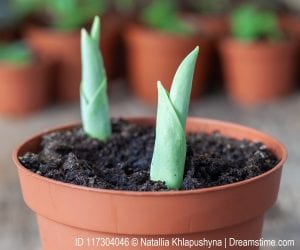At first glance, it may seem that population issues are too complex to teach to students in grades K-2. Not so! In fact, population relates to many of the core principals in an early childhood classroom: sharing, investigating the natural world, considering others and discovering a sense of place in a community.
While population may not be written explicitly into the early childhood curriculum, the idea that people share space and resources puts young learning into a meaningful context. Students learn that they are part of a growing global community, that they have an important role in keeping our waterways and habitats clean, and that they must consider others, both near and far, when making decisions. Focusing on these basic concepts at a young age not only taps into students’ natural curiosity about the world around them, but also provides a foundation for more complex environmental and global studies down the road.
And as icing on the cake, the teaching of these basic concepts can fit seamlessly throughout the year into any ECE classroom. I recently had the opportunity to work with several different early childhood groups at Seneca College, during a workshop trip to the Toronto area. It didn’t take any of these groups long to see how they would apply Population Education lessons in their Pre-K and kindergarten classrooms. It was commonly mentioned that Go Fish! would be an excellent way to introduce the idea of sharing at the beginning of the school year and that Web of Life would be perfect to do with students before taking a field trip to the forest. These students were easily seeing how Population Ed activities can be used to enrich the ideas and experiences that they already teach. Bravo!
So while AP Human Geography students around the country are analyzing population pyramids, there are classrooms full of first graders discovering how it feels to share resources (gold fish!) with their friends. Although clearly different, both are worthwhile pursuits in understanding our world of 7.2 billion people.



